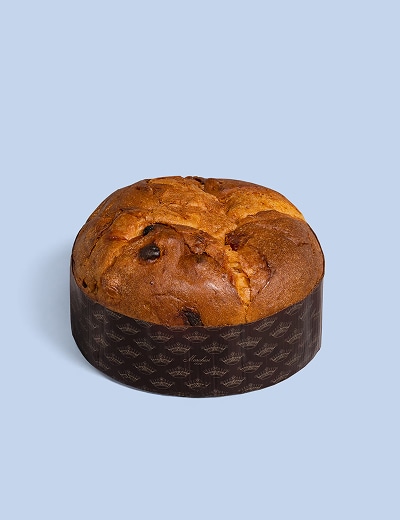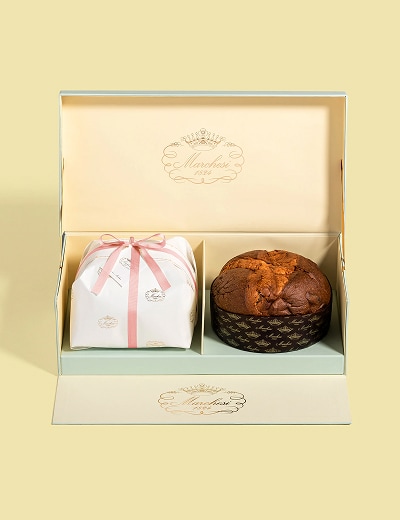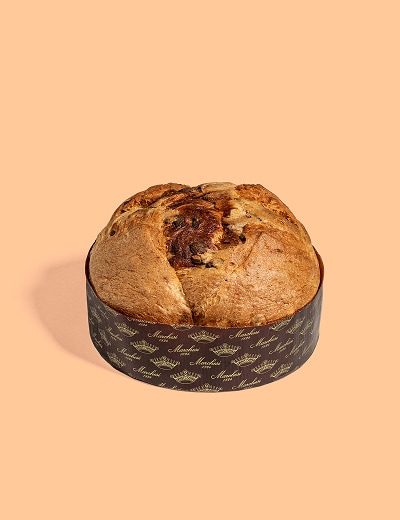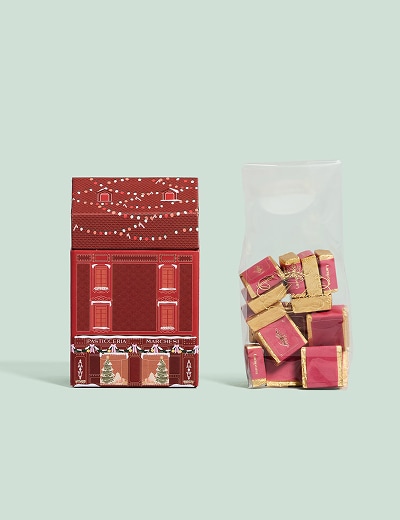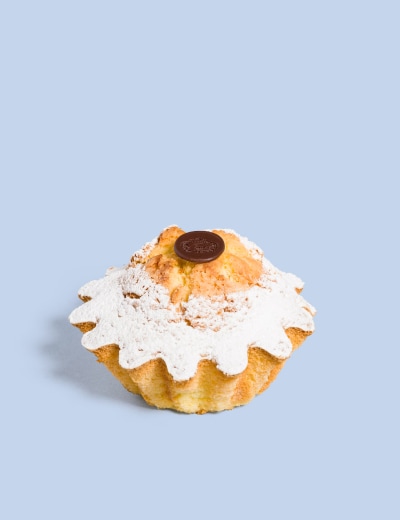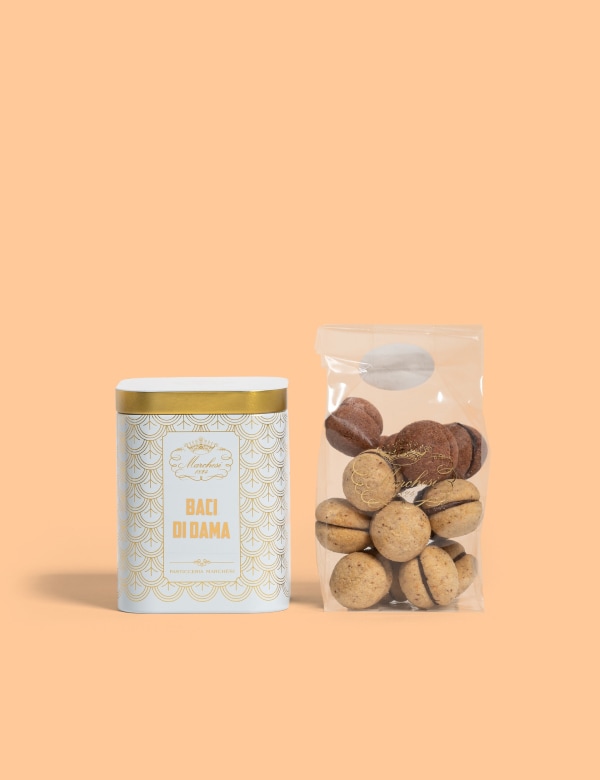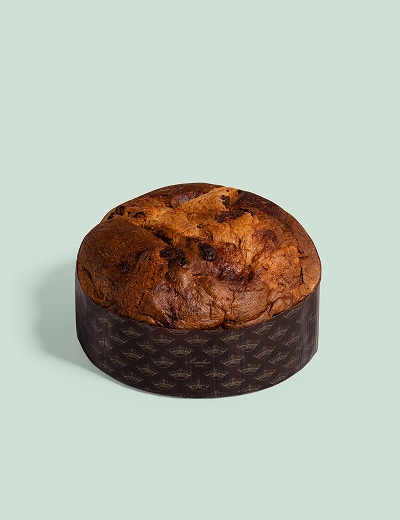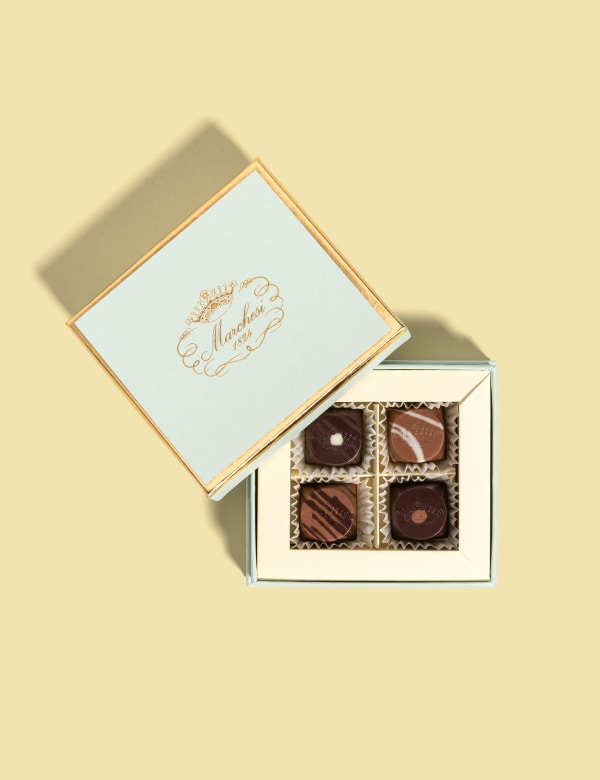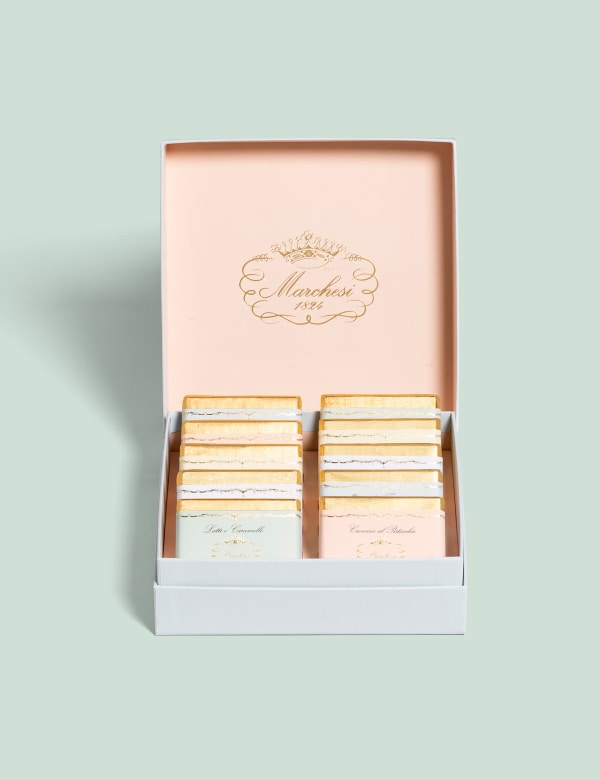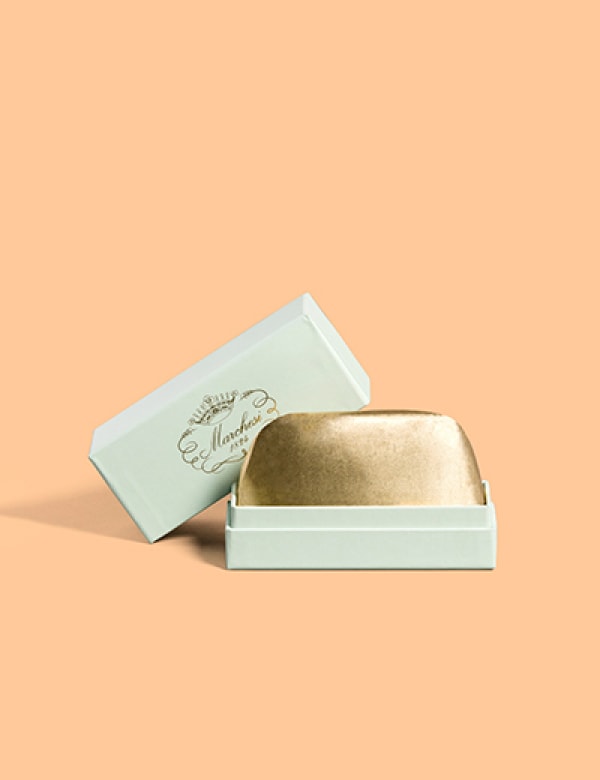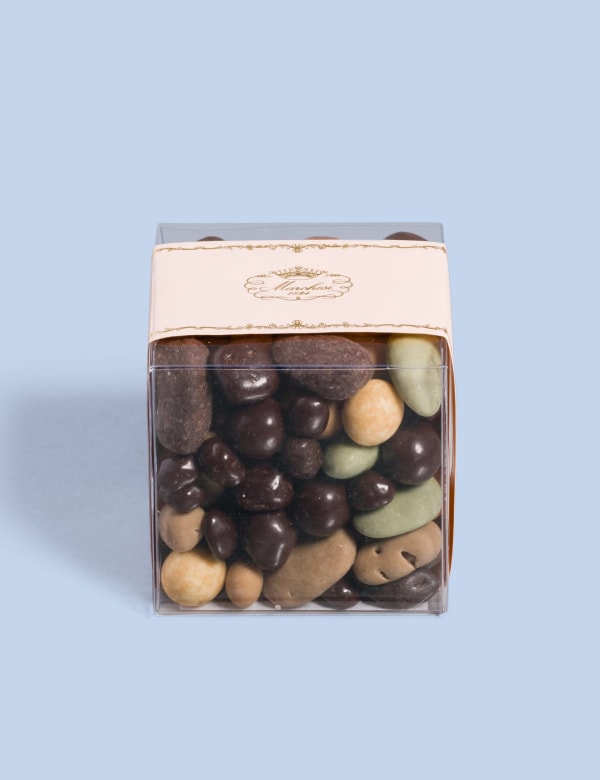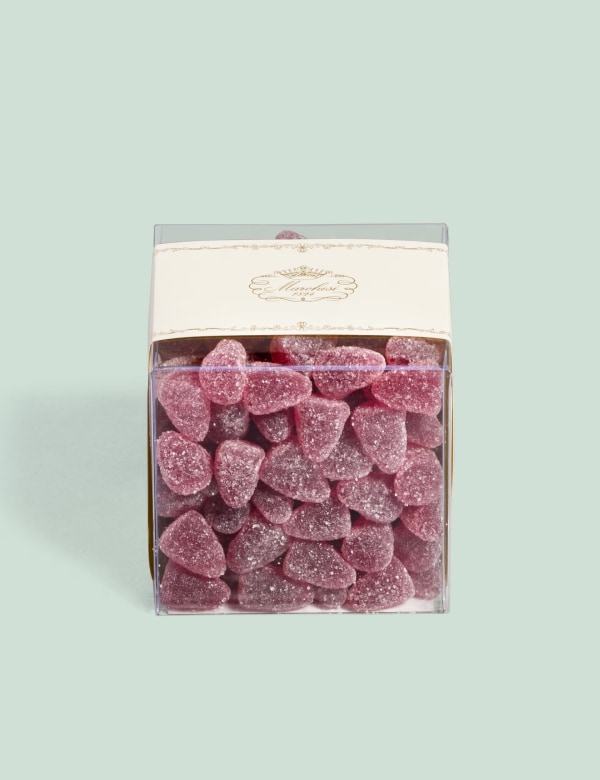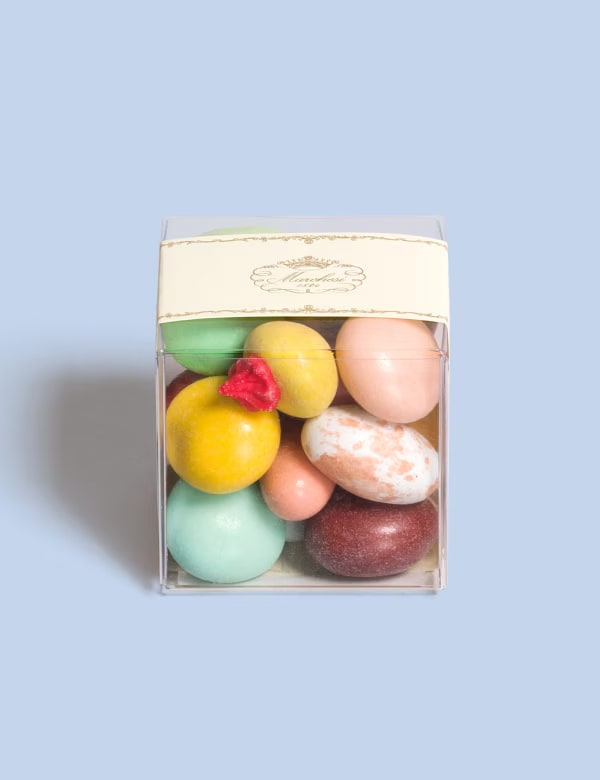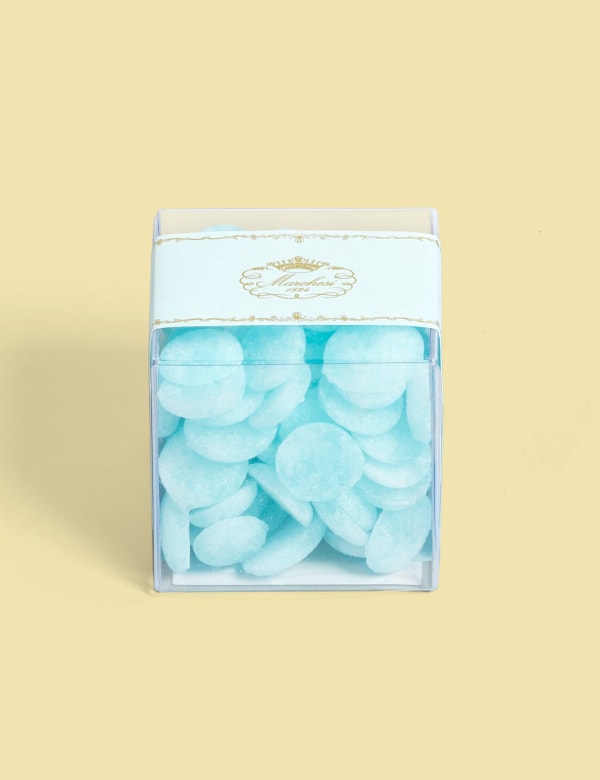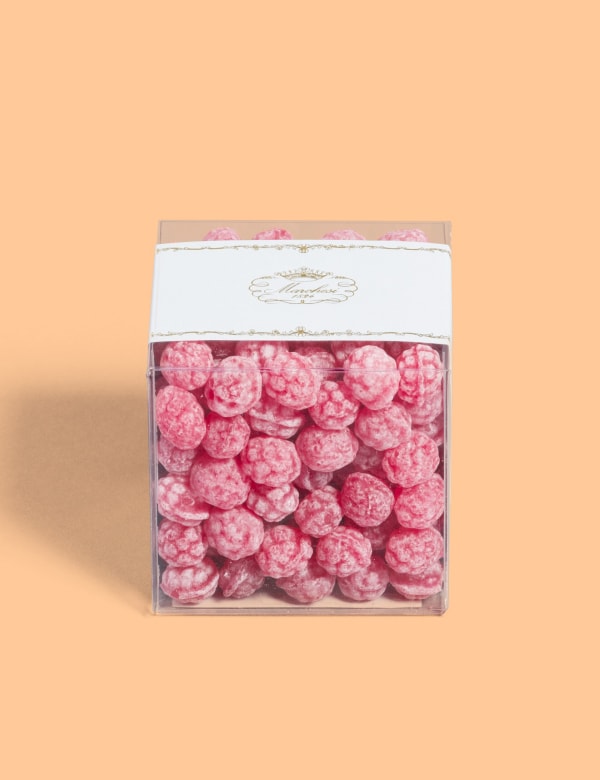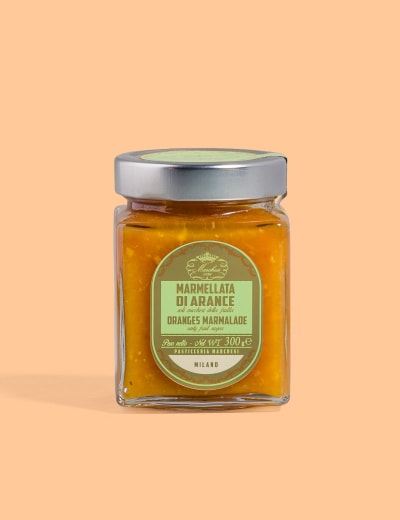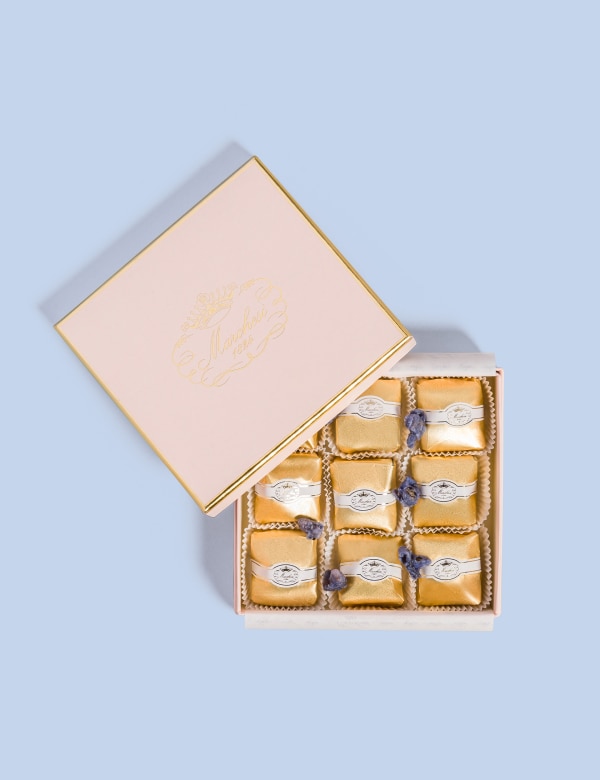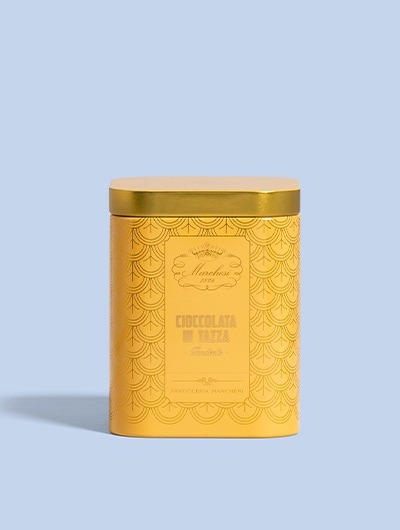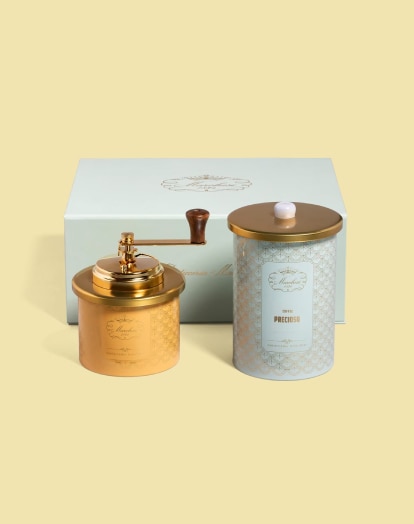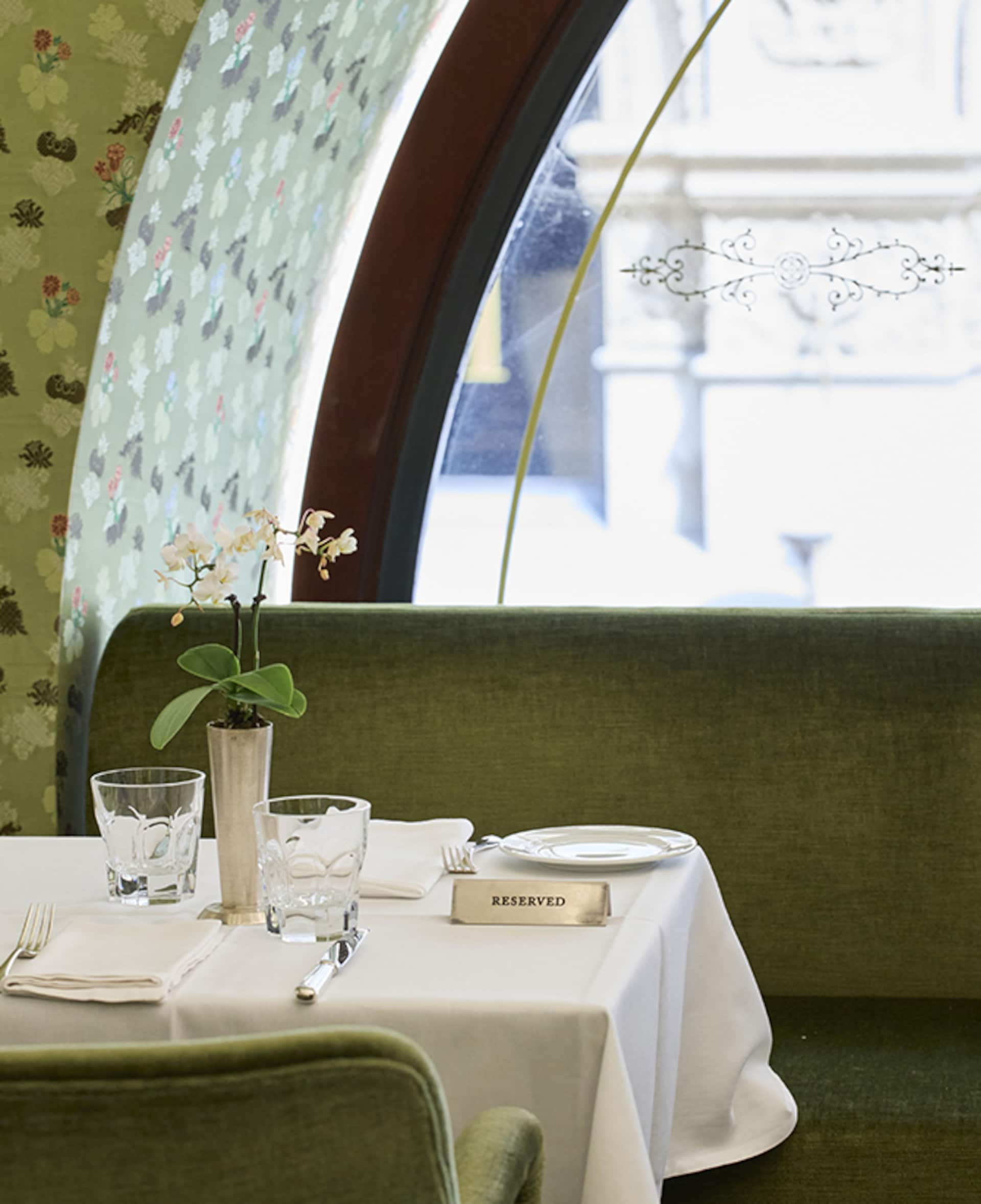
Vanilla, often dubbed the ‘black gold’ of spices, is much more than just an ingredient. Each pod tells a fascinating story of care and tradition. This year, on the occasion of its bicentenary, Marchesi 1824 celebrates vanilla with a new selection of dedicated products, enhancing its authentic aromas.
Born in the lands of Mexico, vanilla has traveled across continents, finding itself in remote places like Madagascar and the tropical regions of Indonesia. It still holds considerable value today, not only for its economic significance but also for its unparalleled fragrance and flavor.
The journey conceived by Pasticceria Marchesi to celebrate vanilla begins with its renowned cake, the Aurora, and continues with new offerings such as the vanilla plumcake with red currants, the vanilla cake with mango and passion fruit, and summer delights like ice cream sticks. Every Marchesi 1824 creation that carries the enchanting scent of vanilla is not only a delight for the palate but a narrative of the history this ingredient has woven into the century-old legacy of the pastry shop.
Like chocolate, vanilla was brought to Europe from the Americas by the Conquistador Hernando Cortés at the beginning of the 16th century. Since then, it has become the most widespread flavor in the world. However, about 95% of “vanilla-flavored” products are artificially flavored with synthetic vanillin. Natural vanilla, on the other hand, contains 170 aromatic components in addition to vanillin, making it much more complex and precious. It is, in fact, the second most expensive spice in the world after saffron.
So, where is natural vanilla extracted from? Believe it or not, it is extracted from orchids. To be precise, from the seed pods of orchids of the genus Vanilla, primarily the species V. planifolia, first cultivated by the Totonac people about 900 years ago. The growth of the vanilla plant is a magical process: each flower remains open for only 24 hours and, if not pollinated, withers and dies. The only natural pollinator is a particular species of bee found only in Mexico. This explains why vanilla was exclusively produced in that region for centuries.
The turning point came in 1841, when a young boy on the island of Réunion discovered a method for the manual pollination of the plant, allowing the cultivation of vanilla in other parts of the world. Today, most natural vanilla comes from Madagascar, where the Bourbon variety grows, also used by Marchesi 1824.



